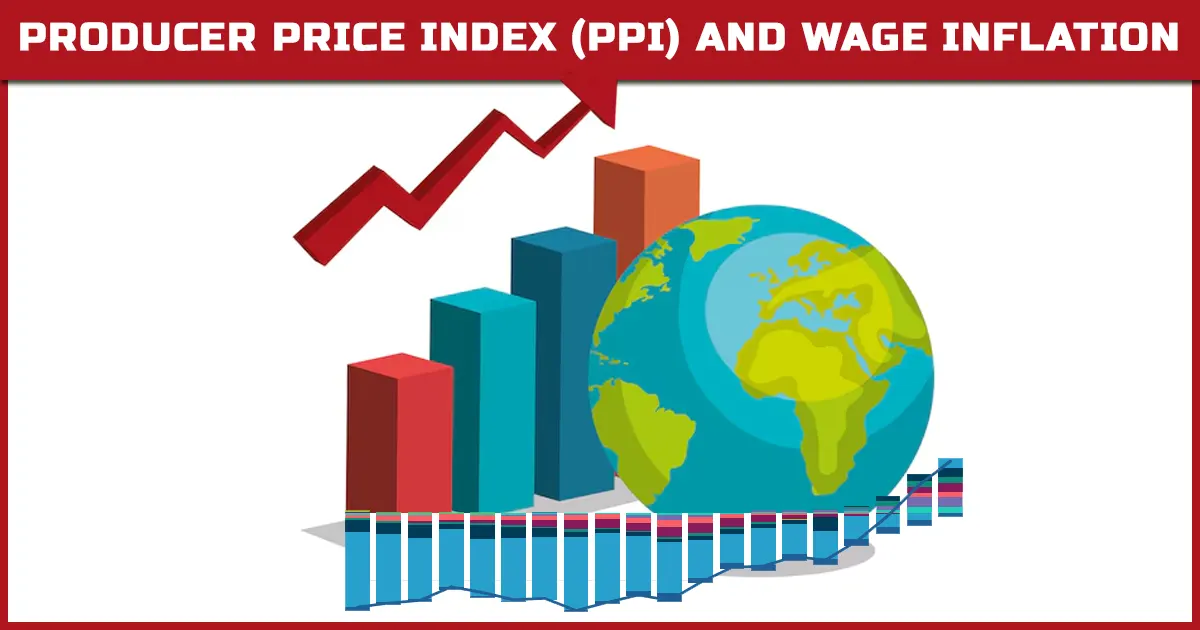
Producer Price Index (PPI)
Definition:
The Producer Price Index (PPI) is an economic indicator that measures the average change in prices that producers receive for their goods and services at various stages of production. It focuses on the producer’s perspective, unlike the Consumer Price Index (CPI), which measures prices from the consumer’s perspective.
Key Features:
- Producer’s Price Perspective: Captures prices received by producers before taxes, transportation, and retail markups are added.
- Excludes Final Costs: Does not account for trade margins, transport costs, or taxes that consumers pay.
- Supply Chain Focus: Measures price changes at different stages of the supply chain, from raw materials to finished goods.
Importance of PPI:
- Early Inflation Indicator: Helps track inflation at the initial stages of production, providing early signals of rising or falling prices.
- Economic Analysis: Policymakers and economists use PPI to understand cost pressures in the economy, helping to predict future consumer inflation.
- Business Planning: Businesses can adjust pricing strategies based on changes in the PPI to manage input costs effectively.
Wage Inflation
Definition:
Wage inflation refers to the rate at which workers’ wages increase over time. It is a critical indicator of labour market dynamics and reflects the balance between supply and demand for labour.
Key Features:
- Tracks the rise in wages or compensation over a specific period.
- Different from general inflation, which measures the rise in prices of goods and services.
- Affects both consumers (through increased purchasing power) and producers (through higher labour costs).
How is Wage Inflation Calculated?
- Negotiation by Labour Unions:
Labour unions often negotiate wage increases based on the expected inflation rate. For example, if the expected inflation rate is 2%, unions might negotiate for a wage increase of 3% or more to ensure real wage growth. - Formula:
Wage Inflation Rate=Current Average Wage−Previous Average WagePrevious Average Wage×100\text{Wage Inflation Rate} = \frac{\text{Current Average Wage} – \text{Previous Average Wage}}{\text{Previous Average Wage}} \times 100Wage Inflation Rate=Previous Average WageCurrent Average Wage−Previous Average Wage×100
Importance of Wage Inflation:
- Labour Market Dynamics: Helps assess whether wages are rising in line with productivity and general inflation.
- Impact on Consumer Spending: Higher wages lead to increased purchasing power, boosting consumer spending.
- Cost-Push Inflation: Significant wage increases can lead to cost-push inflation, where higher production costs are passed on to consumers through increased prices.
- Policy Decisions: Central banks and governments monitor wage inflation to determine interest rate policies and other economic measures.
PPI vs. CPI:
| Aspect | Producer Price Index (PPI) | Consumer Price Index (CPI) |
| Focus | Prices received by producers | Prices paid by consumers |
| Stage of Production | Tracks prices at various production stages | Tracks prices at the final consumption stage |
| Includes | Prices of raw materials, intermediate goods | Prices of final goods and services |
| Excludes | Taxes, transport, and retail margins | Includes taxes, transport, and retail margins |
| Purpose | Understand cost pressures for producers | Measure cost of living for consumers |
Conclusion:
Both the Producer Price Index (PPI) and Wage Inflation are essential indicators for understanding the economy’s health. While PPI provides insights into producer-level inflation and its potential impact on consumer prices, wage inflation reflects the labour market dynamics and its role in influencing overall economic inflation. Policymakers, businesses, and labour unions must monitor these indicators to ensure economic stability and growth.




